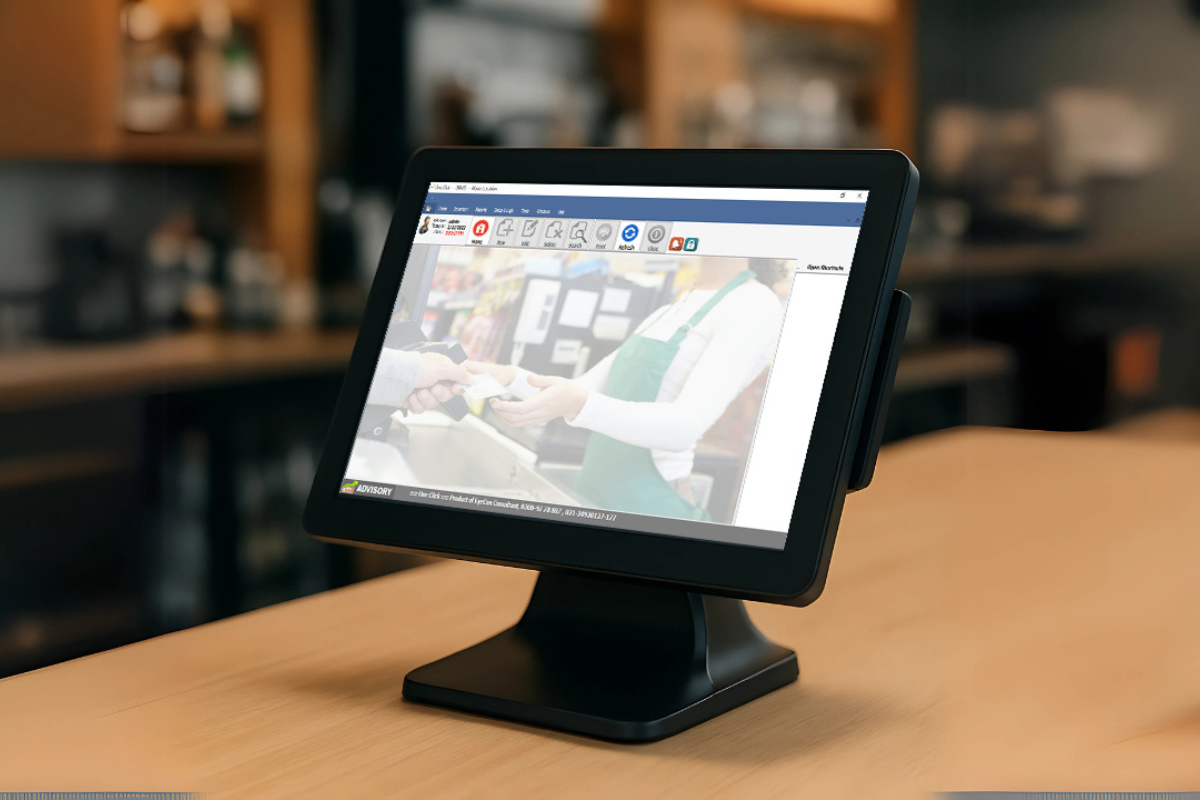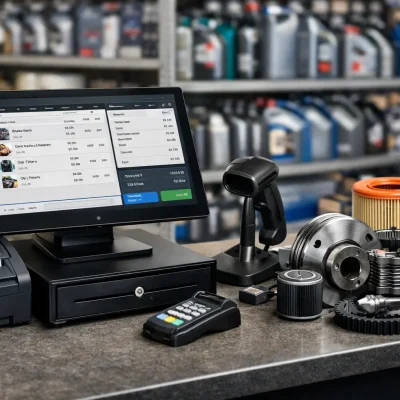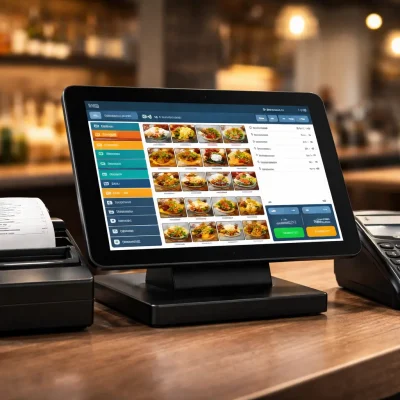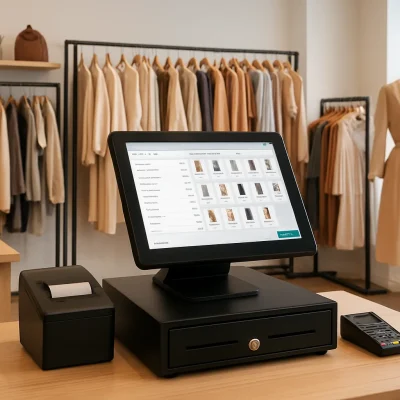In today’s fast-paced retail and hospitality environments, a reliable POS system (Point-of-Sale system) is not just helpful — it’s essential. Whether you’re running a cozy café, a busy retail store, or a booming restaurant chain, your POS system is the central hub that manages transactions, tracks inventory, and provides business insights.
But like any other technology, POS systems aren’t perfect. When they fail, they can disrupt operations, delay sales, and lead to unhappy customers. Thankfully, most POS problems are common and can be resolved quickly — if you know what to look for.
In this blog, we’ll dive into the five most common POS system issues and provide quick and effective ways to fix them. Whether you’re a business owner or a store manager, this guide will help you avoid downtime and improve your point-of-sale troubleshooting skills.
1. Slow or Unresponsive POS System
A sluggish POS system is one of the most frustrating issues for staff and customers alike. When your system freezes or takes too long to process sales, it slows down checkout lines, reduces staff productivity, and can even lead to lost revenue.
Common Causes:
Outdated hardware
Too many background processes
Old or unpatched software
Insufficient memory or storage
How to Fix It:
Restart your POS terminal to refresh system memory.
Clear cache and temporary files that may be slowing the system.
Check for software updates and install the latest version.
Close unnecessary background applications that may be consuming RAM.
If problems persist, consider upgrading your hardware or switching to a more efficient POS software solution.
Preventive Tip:
Schedule routine maintenance checks and ensure regular updates to your POS system to keep it running smoothly.
2. Internet or Network Connectivity Issues
Modern POS systems, especially cloud-based ones, rely heavily on internet access. A weak or lost connection can prevent you from processing transactions, syncing data, or accessing customer information — grinding your business to a halt.
Common Causes:
Unstable Wi-Fi connections
Router malfunction
ISP outages
Poor POS system network setup
How to Fix It:
Restart your router or modem.
Switch to a backup internet connection, such as a mobile hotspot.
Use an Ethernet cable instead of Wi-Fi for a more stable connection.
Contact your Internet Service Provider (ISP) if the problem continues.
If your POS supports it, enable offline mode so transactions can continue even when you’re offline — data will sync once the connection is restored.
3. POS Hardware Malfunctions
POS systems aren’t just about software — the hardware is just as crucial. When a receipt printer stops working, the barcode scanner fails to respond, or the card reader malfunctions, transactions come to a standstill.
Common Causes:
Loose cables
Dirty or damaged hardware
Outdated drivers
Power issues
How to Fix It:
Double-check all cable connections — even a slightly loose USB cord can cause issues.
Clean your hardware devices like barcode scanners and receipt printers to remove dust or residue.
Restart the hardware and reconnect it to the system.
Install the latest device drivers.
Replace any worn-out or broken components.
4. Inventory Data Errors
One of the biggest advantages of a POS system is its ability to manage inventory. However, when data is entered incorrectly or when items aren’t scanned properly during checkout, your stock levels become inaccurate.
Common Causes:
Manual data entry errors
Staff not scanning items properly
Returns not being logged
Syncing issues with online inventory
How to Fix It:
Conduct a manual inventory count and compare it with your POS data.
Use the audit logs in your system to identify when and where discrepancies occurred.
Re-train your staff on proper inventory management and scanning procedures.
Ensure that your POS software integrates seamlessly with your eCommerce or warehouse management platforms.
5. Software Bugs and Security Vulnerabilities
No software is perfect. Glitches, bugs, and crashes can affect even the most advanced POS software. On top of that, cybersecurity threats are on the rise, and POS systems can be targets for data breaches if not properly secured.
Common Causes:
Running outdated software
Ignoring software patches
Poor password practices
Lack of encryption and firewall protection
How to Fix It:
Always keep your POS software updated with the latest patches and bug fixes.
Report bugs to your software provider and ask for an urgent fix or workaround.
If a crash occurs, restart your system and back up your data.
Implement strong security protocols, such as two-factor authentication and user access levels.
Final Thoughts: Stay Ahead of POS Problems
Technology is a powerful tool for business growth, but even the most advanced tools can run into trouble. By understanding these common POS problems and having quick fixes ready, you can avoid unnecessary downtime and maintain a seamless customer experience.
Here’s a quick recap:
Keep your software and hardware updated.
Use a reliable internet connection (with a backup).
Train your staff thoroughly.
Choose a POS system with offline mode, real-time inventory sync, and strong security features.
Whether you’re a small business owner or a retail manager, investing time in point-of-sale troubleshooting and preventive maintenance will pay off in the long run.
Need Help Choosing the Right POS System?
If you’re experiencing recurring issues with your current setup, it might be time to switch. Look for a solution that offers reliability, user-friendly design, 24/7 customer support, and scalability to grow with your business.




